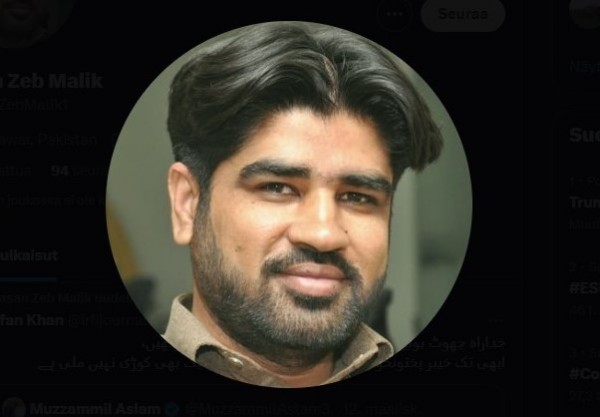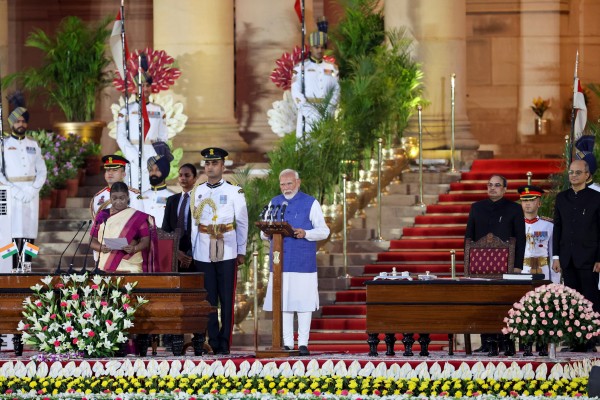From AI to open-source reporting, five media practitioners shared their forward-thinking approaches to media innovation during “The Big Idea” session at the recent 2023 IPI World Congress and Media Innovation Festival.
Much of the conversation, moderated by Danuta Bregula, expert-in-residence at the Media Development Investment Fund, focused on how different newsroom types can effectively and ethically incorporate AI into their journalism and business.
At Suno India, a podcast studio covering gender, climate, health, and other key public-interest issues, AI has helped to streamline a production process that used to take the team three to four days. According to Tarun Niwan, Suno India’s co-founder and chief digital officer, the news outlet is also developing Suno AI, a fact-checking tool specifically for the audio industry.
Other panelists noted that implementing AI tools takes time and is not always straightforward. Rawan Damen, the director general of Arab Reporters for Investigative Journalism (ARIJ), said her organization provides journalists in the MENA region with AI tools to develop their reporting. But the intricacies of the Arabic language make some elements more challenging, Damen said, and ARIJ’s AI literacy strategy will not fully launch until December 2023.
“I encourage everybody to not repeat our mistakes with AI”, Damen told the audience. “We really need to focus on transparency and auditing the algorithms in newsrooms, expose the biases in AI that are based on our own social biases and accumulative Big Data biases.”
In addition to AI, some of the innovations highlighted on the panel focused more on how to effectively consolidate information for readers to understand.
After the 2021 coup in Myanmar, Laure Siegel, a journalism teacher in Southeast Asia, explained that information, both within the country and between those inside and the rest of the world, became severely limited. Through a combination of open-source virtual reporting and on-the-ground interviews in a number of local languages, Visual Rebellion, founded by Siegel in 2021 as a collective for reporting accurately on the post-coup environment in Myanmar, seeks “to be an archive, to be a documentation of what happened,” she said.
Similarly trying to share news with hard-to-reach audiences, Laban Laisila, the head of Narasi Newsroom in Indonesia, focuses on publishing on social media, and takes the time to do in-depth reporting directed at younger audiences. “We only answer two questions: how, and why? It’s because of that we will lose speed to most media in Indonesia,” Laisila said. As a smaller newsroom, he said, instead of focusing on speed, the outlet focuses on explainer and investigative reporting. Much like Visual Rebellion, Narasi uses open-source investigative methods to bolster its reporting.
Lela Vujanic joined the panel to speak about SembraMedia’s Project Oasis, which, based on a series of interviews with newsrooms in Europe, has created a directory of independent digital media, based on areas of coverage, location, and revenue sources, consolidated in one place.




